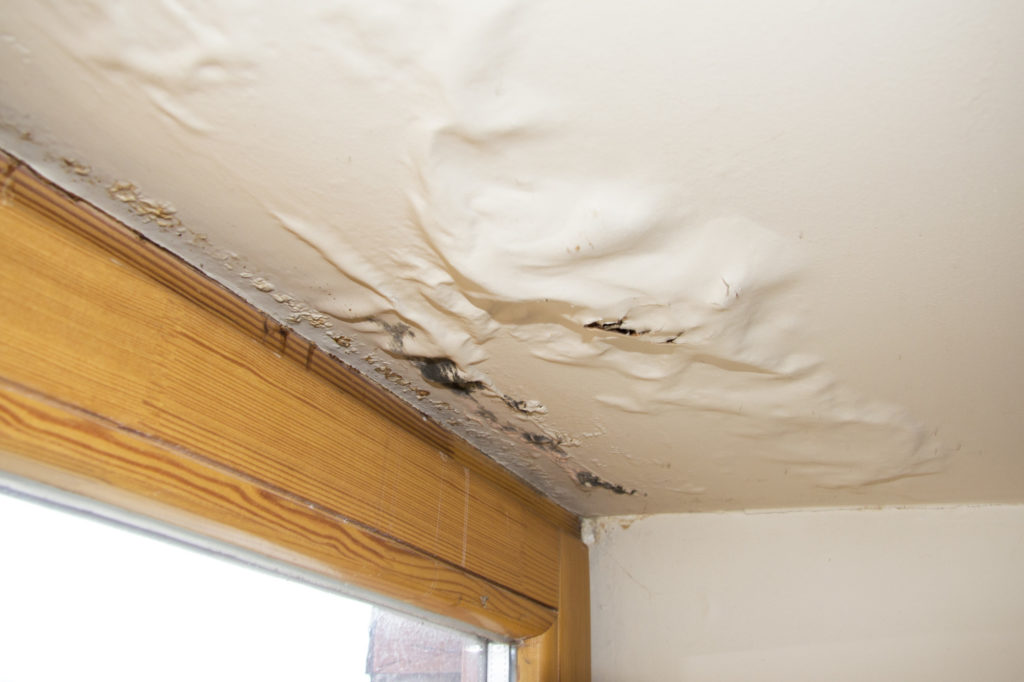Effective Water Mitigation Strategies You Required to Know
Water damage can be a turbulent and expensive concern for residential or commercial property owners, making it critical to be skilled in efficient water reduction methods. From very early detection and inspection to reliable water extraction methods and detailed drying out techniques, there are crucial actions to take in mitigating water damage.

Very Early Discovery and Evaluation
Very early detection and examination are crucial actions in the procedure of water mitigation to identify and resolve prospective sources of water damages immediately. Determining these issues early on can protect against additional escalation of water damages, eventually saving time and sources in the mitigation procedure.
Furthermore, early detection enables speedy activity to be taken in drying impacted areas and carrying out necessary fixings to stop mold development, architectural deterioration, and various other long-lasting repercussions of water damage. Prompt intervention not just mitigates the instant effect of water breach yet additionally helps in protecting the integrity and security of the home in the long run. Focusing on early detection and examination as basic components of water reduction approaches is important for effective damages control and reconstruction initiatives.
Efficient Water Extraction Approaches
Detection and evaluation are essential steps in any water mitigation procedure, laying the structure for reliable water extraction techniques to promptly get rid of excess water from influenced areas. As soon as the level of water damages is assessed, it is critical to employ effective extraction methods without delay. Water extraction can be accomplished with different approaches, consisting of making use of effective pumps, damp vacuum cleaners, and dehumidifiers.
Professional water mitigation teams commonly use completely submersible pumps to promptly remove large amounts of water from the properties. These pumps can removing water at a quick rate, decreasing the threat of further damage to the residential property. Damp vacuum cleaners are additionally frequently utilized to target smaller areas or hard-to-reach spaces where standing water persists.
In addition, dehumidifiers play a vital role in the water extraction procedure by lowering dampness levels in the air and accelerating the total drying time - mold mitigation saratoga. By combining these removal approaches tactically, water mitigation specialists can successfully remove water, alleviate damage, and prevent mold and mildew growth, inevitably bring back the affected location to its pre-loss condition
Thorough Drying Strategies
To make sure extensive water damages reduction, comprehensive drying out methods are necessary in eliminating recurring moisture and preventing prospective structural problems. After water extraction, the emphasis moves to drying the impacted areas totally. One effective technique is using industrial-grade dehumidifiers to minimize humidity levels, assisting in the evaporation of wetness from products and surfaces. Appropriate air flow is important for drying out, and service technicians might tactically position air movers to improve blood circulation and quicken the drying out process.
In situations of water damages, porous products like drywall and carpets can trap moisture, resulting in mold and mildew development and architectural weakening otherwise appropriately dried. To address this, experts may utilize customized tools such as dampness meters to measure wetness degrees click reference within products, making certain thorough drying. Additionally, the removal of baseboards or drilling little holes in walls may help with drying in wall tooth cavities where wetness can stick around unseen.
Mold And Mildew Avoidance and Removal
Adhering to the detailed drying strategies in water mitigation, the focus now changes towards resolving mold avoidance and removal to protect versus possible health and wellness hazards and architectural damages - water removal ballston spa ny. Mold can swiftly develop in locations influenced by water damages, posing severe wellness risks and compromising the stability of the structure.
It is vital to resolve mold and mildew problems without delay and properly to prevent further damages and make sure the security of occupants. By applying these mold and mildew prevention and removal strategies, the threats connected with water damage can be dramatically minimized.
Structural Repair and Reconstruction

Painting walls, replacing floor covering, and dealing with any kind of visible water spots are usual practices. Additionally, attending to any remaining dampness concerns and guaranteeing correct air flow can help stop future structural damages and mold and mildew development.
Conclusion
To conclude, reliable water mitigation techniques such as early detection, reliable water extraction, detailed drying, mold prevention, and architectural fixing are essential in lessening damages and recovering affected areas (flooded basement cleanup ballston spa ny). By following these steps diligently, home proprietors can alleviate the effect of water damages and protect against more concerns such as mold and mildew development. It is necessary to act without delay and use these strategies to make certain an effective water reduction procedure
Water damage can be a disruptive and costly concern for building proprietors, making it critical to be fluent in reliable water reduction methods. From early detection and examination to reliable water extraction methods and comprehensive drying strategies, there are necessary steps to take in mitigating water damage.Very early detection and evaluation are essential actions in the procedure of water mitigation to recognize and attend to prospective sources of water damages quickly.Detection and examination are important steps in any kind of water mitigation process, laying the structure for effective water extraction here are the findings techniques to promptly eliminate excess water from affected areas.In conclusion, effective water reduction techniques such as very early detection, reliable water removal, thorough drying out, mold avoidance, and structural fixing are vital in reducing More about the author damages and bring back influenced areas.